Seonunsan Mountain [National Geopark] (선운산 (전북 서해안 국가지질공원))
0m 27096 2024-04-07
158-6, Seonunsa-ro, Gochang-gun, Jeonbuk-do
+82-63-560-2699
Seonunsan Mountain is famous for its sunrise views at Nakjodae Overlook and Cheonmabong Peak. The mountain is mostly comprised of hard volcanic rocks, creating a landscape of sharp cliffs softened by the forest vegetation.
Gohyang Sikdang (고향식당)
167.64932086156279m 14999 2024-04-07
132 Cheongsan-ro, Cheongsan-myeon, Wando-gun, Jeollanam-do
Gohyang Sikdang is a highly recommended restaurant in Gochang known for its grilled eel dishes. Their signature dish is the Pungcheon jangeo yangnyeom gui (Pungcheon grilled marinated eel) seasoned with a sauce made from over 30 kinds of fruits and medicinal herbs, grilled to perfection. Pungcheon eel from Seonunsan is famous for its rich and savory flavor. They also offer other menu items such as jangeo tang (spicy eel stew) and dolsot sanchae bibimbap (hot stone pot wild vegetable bibimbap).
Gochang Seonunsa Temple (선운사 (고창))
831.479728685928m 37410 2024-04-07
250, Seonunsa-ro, Gochang-gun, Jeonbuk-do
+82-63-561-1422
Seonunsa Temple is known to have been built in 577, the 24th year of King Wideok of the Baekje dynasty. It is the second head temple of Jogye Order in Jeollabuk-do. According to the temple's historical records, it was originally a very large temple with 89 hermitages and 3,000 monks. Today, only four hermitages remain: Dosoram, Chamdangam, Dongunam, and Seoksangam. In addition, the temple is home to 25 prestigious heritages, namely the Forest of Common Camellias, which is designated as ㅁ Natural Monument. A festival dedicated to this forest is held every April.
Dosolgyegok Valley (Seonunsan Mountain) (도솔계곡 (선운산))
835.3530760031617m 8803 2024-04-07
250, Seonunsa-ro, Gochang-gun, Jeonbuk-do
+82-63-560-8681
Dosolgyegok Valley is located in Seonunsan Mountain in the Gochang-gun district. Seonunsan Mountain, which is also called Dosolsan Mountain, is known for its thick forests and intriguing rock formations. Along the valley, there are many interesting sites such as Jinheungdonggul Cave, Yongmundonggul Cave, Nakjodae Overlook, and Cheonma peak. Dosolgyegok Valley is also famous for being very deep, where the mountain and water fight each other and whirl around in a yin & yang shape. The green forests in summer cover the valley beautifully, and the red leaves and white snow decorate the area in fall and winter.
Gochang Dosoram Hermitage (도솔암(고창))
3.1 Km 22384 2024-04-07
294, Dosol-gil, Gochang-gun, Jeonbuk-do
+82-63-564-2861
Dosoram Hermitage, along with Seonunsa Temple, is thought to have been built during the Baekje era (18 BC-AD 660). The temple is managed by Seonunsa Temple on Dosolsan Mountain in Gochang-gun, Jeollabuk-do.
Midang Literary House (미당 서정주 시문학관)
4.2 Km 11066 2024-04-06
2-8, Jilmajae-ro, Gochang-gun, Jeonbuk-do
+82-63-560-2760
The Midang Literary House is a memorial center for the great poet Seo Jeong-Ju (penname ‘Midang’) built in Seonun-ri in Gochang-gun, Jeollabuk-do, where the poet was born and is buried. In the fall of 2001, a year after the poet’s death, the center opened on November 3rd on the anniversary of the Gwangju Student Movements (1929 and 1930), which took place while Midang attended Jungang High School. Located adjacent to the center are the poet’s birth house and grave.
Housed in a renovated branch of Seonun Elementary School, the Midang Literary House was structurally designed to convey the architectural concepts of 'eco-friendly' and 'learning.’
Ungok Ramsar Wetland (고창 운곡람사르습지)
7.0 Km 0 2024-04-07
362 , Ungokseowon-gil, Gochang-gun, Jeonbuk-do
+82-63-560-2720
Ungok Ramsar Wetland, registered as Ramsar Wetland in 2011, is home to endanged species and various rare animals and flowers. The wetland also has four different courses that will take visitors all around the wetlands. Course 1 takes approximately 50 min and is 3.6 km-long. Course 2 takes approximately 2 hour 30 minutes and is 9.5 km-long. Course 3, the longest out of the 4 courses takes approximately 3 hours 30 minutes and is 10.2 km-long. Last, Course 4 takes approximately 2 hours 50 minutes and is 10.1 km-long.
Gochang Dolmen Site [UNESCO World Heritage] (고창 고인돌 유적 [유네스코 세계문화유산])
8.9 Km 33310 2024-04-07
74 Goindolgongwon-gil, Gochang-eup, Gochang-gun, Jeonbuk-do
+82-63-560-8666
Dolmens are representative tomb structures from the Bronze Age, distributed across Korea with over 30,000 examples. Gochang is an area rich in dolmens, boasting around 1,600 of them. Here, visitors can explore Gochang's dolmen park, which features dolmens constructed during the 6th to 5th centuries BC, along with a museum offering insights and hands-on experiences related to dolmens and the Bronze age.
Gochang Dolmen Museum (고창고인돌박물관)
9.0 Km 10359 2024-04-07
74, Goindolgongwon-gil, Gochang-gun, Jeonbuk-do
+82-63-560-8666
At the Gochang Dolmen Museum, visitors can view diverse relics and learn about the Bronze Age and the dolmen (tomb, gravesite, etc.) cultures of the world. In addition to a variety of exhibition halls, the museum also features interactive exhibit spaces that help visitors further explore the main themes of the museum. There is also a mock-up of an ancient dugout hut where visitors may take photos. Outside the museum is the Bronze Age theme park, which features a life-size prehistoric village replica, a dolmen experience zone, and an exhibition zone displaying a representative memorial service from the Bronze Age.
Dongho Beach (동호해수욕장)
9.2 Km 14394 2024-04-07
Dongho-ri, Gochang-gun, Jeonbuk-do
+82-63-560-2646
Dongho Beach is located south of Gomsoman Bay, between the Byeonsan Peninsula of Buan and Gochang-gun, Jeollabuk-do. Skirting the 1-kilometer-long white sandy beach lies a green forest with pine trees hundreds of years old. The sunset viewed from the forest is particularly eye-catching as the soft pink from the falling sun covers the sky. The water just offshore is relatively shallow, varying in depth between 0.5 and 1.5 meters. The high salt content in the seawater makes it an ideal place for sea and sand bathing.
On the hill above the forest is Suseongdang, a shrine honoring the god of the seas, where the local fishermen gather each year to pray for big catches.
![Seonunsan Mountain [National Geopark] (선운산 (전북 서해안 국가지질공원))](http://tong.visitkorea.or.kr/cms/resource/64/2678864_image2_1.jpg)

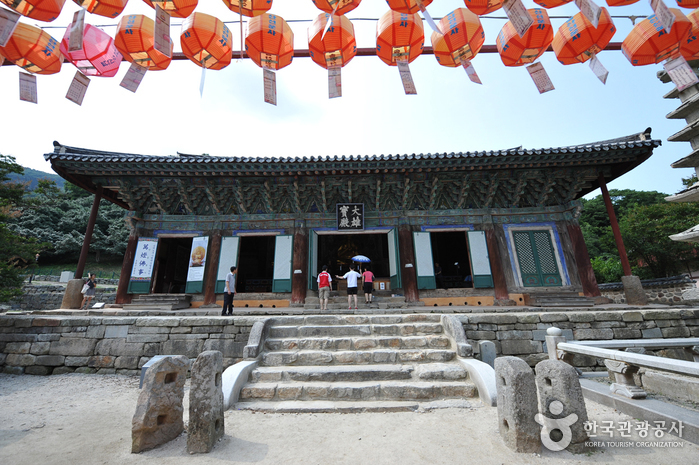
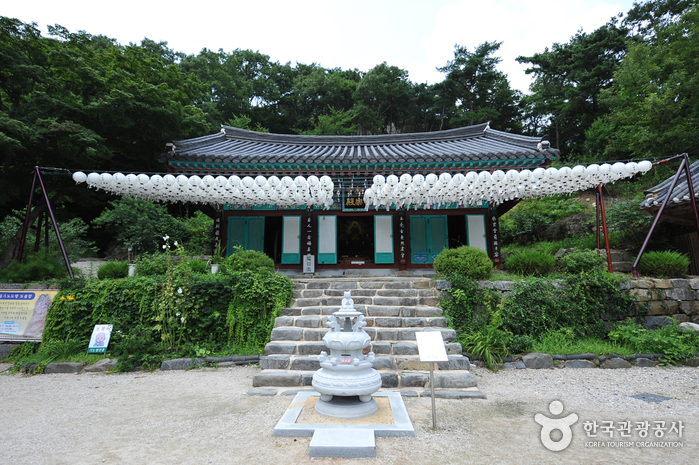
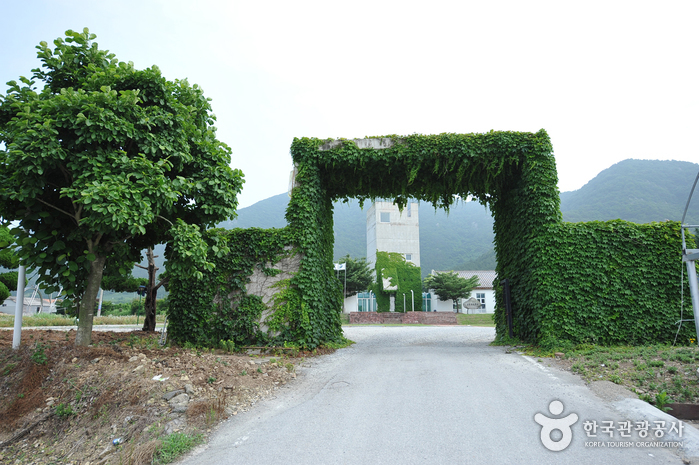
![Gochang Dolmen Site [UNESCO World Heritage] (고창 고인돌 유적 [유네스코 세계문화유산])](http://tong.visitkorea.or.kr/cms/resource/17/2604617_image2_1.jpg)
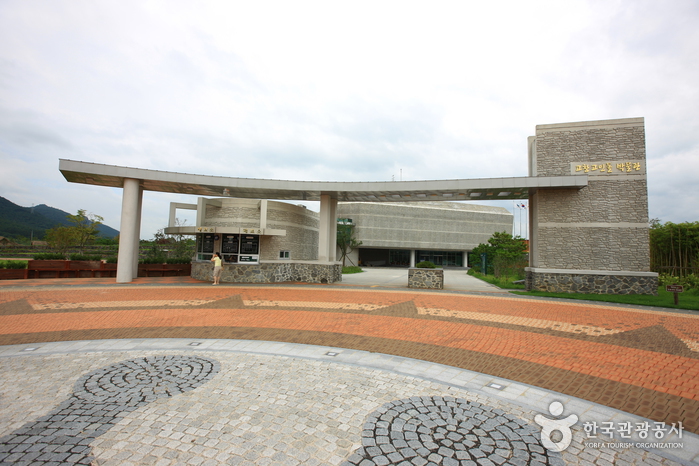
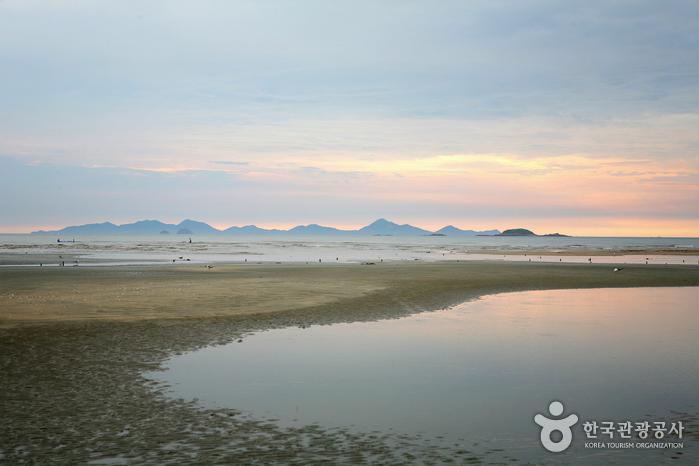
 English
English
 한국어
한국어 日本語
日本語 中文(简体)
中文(简体) Deutsch
Deutsch Français
Français Español
Español Русский
Русский